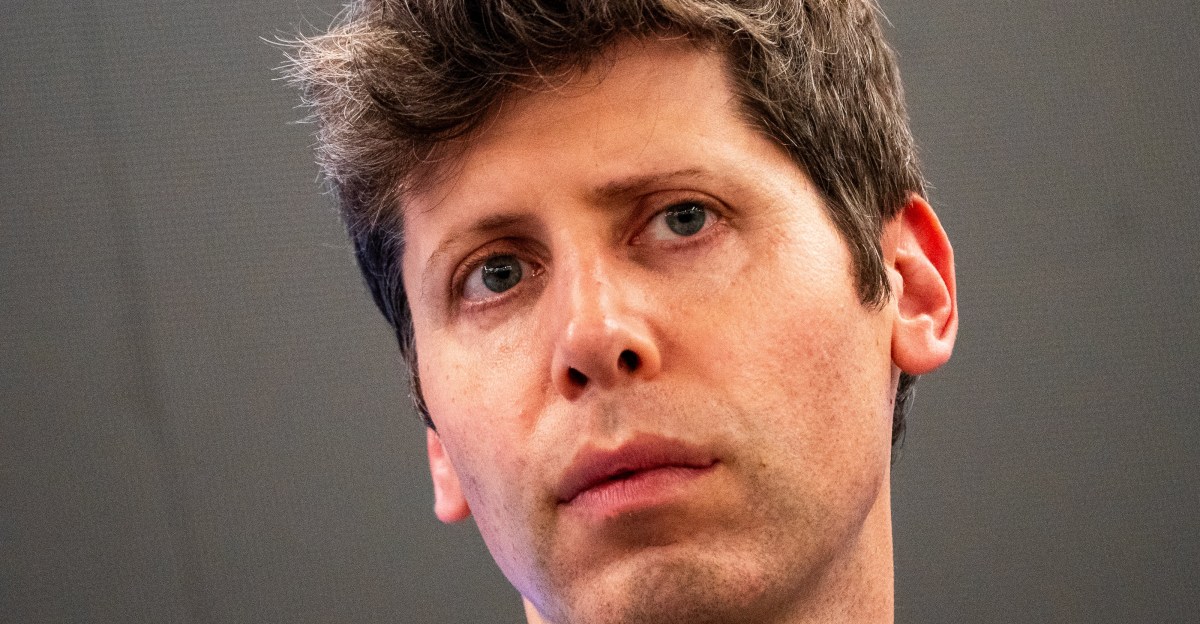Sam Altman Unveils Vision for Brain-Computer Interface Startup Merge Labs
Key Developments in Brain-Computer Interface Technology
Sam Altman, the renowned CEO of OpenAI, is making significant strides in brain-computer interface technology with the impending launch of his new startup, Merge Labs. Collaborating with co-founder Alex Blania, Altman has recruited esteemed biomolecular engineer Mikhail Shapiro to join the founding team.
Mikhail Shapiro’s Role and Expertise
Although Shapiro’s precise title at Merge Labs has not yet been disclosed, insiders indicate that he will be a pivotal figure within the startup. His extensive background in biomolecular engineering, marked by numerous accolades, positions him as a leader in ongoing discussions with potential investors. Merge Labs is reportedly aiming to secure substantial funding, with estimates reaching hundreds of millions from OpenAI and other strategic partners, as noted by The Financial Times.
Shapiro’s prior work at Caltech highlights his innovative approaches in biomolecular technology, especially in noninvasive neural imaging techniques. He is particularly recognized for his research on the use of ultrasound to enable brain interaction without extensive surgical procedures typically associated with other technologies like Neuralink.
Innovative Approaches to Neural Interfaces
A key focus for Shapiro has been advancing gene therapy methods to make certain cells detectable via ultrasound. This aligns with prior reports from Bloomberg suggesting that Merge Labs might explore similar techniques for its inaugural product offering.
In a recent presentation, Shapiro elaborated on his vision of utilizing sound waves and magnetic fields as alternative methods for creating brain-computer interfaces. He emphasized the advantages of introducing genes that enable cells to react to ultrasound rather than resorting to invasive procedures. “My mission is to develop ways to interface with neurons in the brain and cells in other parts of the body that are less intrusive,” he stated.
Altman’s Perspective on Invasive Technologies
Echoing Shapiro’s sentiments, Altman has publicly expressed reservations about invasive techniques, particularly those employed by Neuralink. During a recent press event, he stated, “I would definitely not want to insert anything into my brain that would damage neurons.” Altman envisions a future where individuals could simply think about using a system akin to ChatGPT, advocating for a “read-only” capability that appears more feasible than invasive alternatives.
Expectations for Merge Labs’ Future
As Merge Labs prepares for its official announcement in the coming weeks, Altman is expected to assume the role of chairman without engaging in daily operations, similarly to his position at Tools for Humanity, the startup developing biometric technology.
The discourse around the timeline for human-machine integration continues to captivate Silicon Valley. In his 2017 reflections, Altman suggested that predictions regarding this convergence span from 2025 to 2075, illustrating the ongoing fascination with the intersection of human cognition and advanced technology.
Conclusion
The formation of Merge Labs, coupled with Shapiro’s expertise, represents a promising advancement in brain-computer interface technology. As the startup moves closer to launch, it signals a potential shift away from invasive techniques, aiming instead for solutions that prioritize safety and accessibility. Both the tech and medical communities will be keenly watching the developments unfolding within this innovative new venture.




